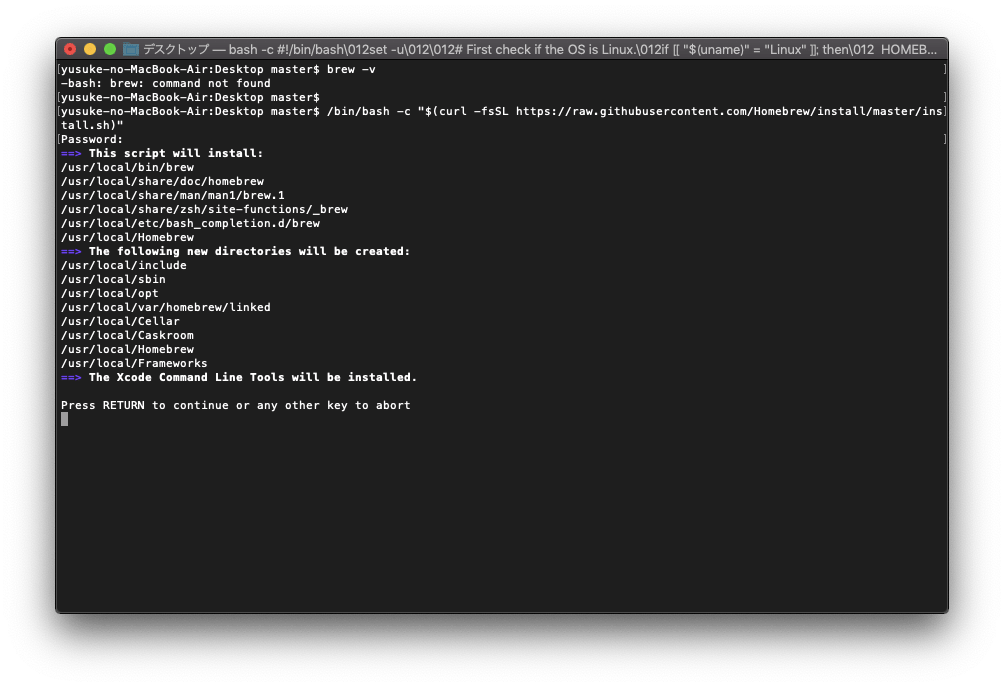


Type the following command into Terminal and press Enter: % brew install python3 Now we can install the latest version of Python 3. To confirm Homebrew installed correctly, run this command: % brew doctor Next install Homebrew by copy/pasting the following command into Terminal and then type Enter: % ruby -e "$(curl -fsSL )" Make sure to click through all the confirmation prompts XCode requires. It is a large program so this make take a while to download. In your Terminal app, run the following command to install XCode and its command-line tools: % xcode-select -install The first step for Python 3 is to install Apple’s Xcode program which is necessary for iOS development as well as most programming tasks. To check, however most likely this will throw an error. It’s possible that Python 3 may have already been installed as python3. In short: don’t type % before your commands!

Any output, such as Python 2.7.17 in this case, does not have a dollar sign in front. Everything after is intended to be typed by the user followed by the Enter key. Note: The percent sign, (%), indicates user input. Double-click Terminal.įollowed by the Enter key to see the currently installed version of Python. Check Python versionīefore we start, make sure Python 3 isn’t already installed on your computer. A better approach, in my opinion, is to instead use the popular package manager Homebrew which automates updates and juggling multiple versions of Python on a computer. The official Python website even recommends downloading it directly, however this approach can cause confusion around PATH variables, updates, and uninstalls. There are multiple ways to install Python 3 on a MacOS computer. And since Python 2 will no longer be officially supported as of January 1, 2020, you should really use Python 3 instead. Historically MacOS came preinstalled with Python 2, however starting with macOS Catalina 10.15 (released in October 2019) this is no longer the case.
MACOS HOMEBREW PYTHON3 HOW TO
Time to take a deeper look at this upgrade of Pyton to Python 3 and how to solve the problems that come with it. More details about Python 2 support in pip, can be found at A future version of pip will drop supportįor Python 2.7. Python as Python 2.7 won't be maintained after that date. the message I saw in my terminal was: DEPRECATION: Python 2.7 will reach the end of its life on January 1st, 2020. The first time I read it I thought I will fix it when I need to. When I reinstalled my iMac with macOS Catalina in January 2020 I stubbled upon a error that I had seen before but I convenience ignored every time it popped-up.


 0 kommentar(er)
0 kommentar(er)
